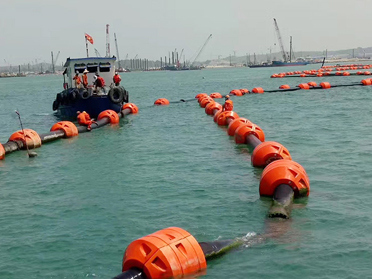Benefits of HDPE Pipes
HDPE or High Density Polyethylene is a synthetic polymer made from petroleum and is commonly used in the production of plastic bottles, water pipes, corrosion resistant pipes, etc.
HDPE or High Density Polyethylene is a synthetic polymer made from petroleum and is commonly used in the production of plastic bottles, water pipes, corrosion resistant pipes, etc. Please contact us are known for their high density and strength, with an average lifespan of over 50 years. HDPE can be found in common items such as containers, bottles, helmets, toys, cosmetics and all popular household items.
HDPE is non-toxic, odorless and tasteless, and has a much higher global production volume. There are many HDPE pipe manufacturers in the world, but you need to find a reliable manufacturer to get the most out of HDPE pipe.
HDPE pipes have countless uses in the household, fishing, agriculture and chemical products industries. Before you can find the right HDPE pipe, you must understand their key features and benefits. Let's take a closer look at the benefits and features of pipes with HDPE as the main component.

HDPE Dredge Pipe
Tough and sturdy: HDPE pipes are highly impact resistant and can also withstand dynamic and static loads. These pipes will not rupture or break under freezing conditions. HDPE pipes can easily withstand rough handling and traffic loads.
Non-Harmful: HDPE is non-harmful because it is inert and non-toxic. This is why HDPE piping is used to transport drinking water.
Corrosion Resistant: HDPE pipes and ducts are easily used for underground installations. The reason for this is that HDPE pipes are resistant to electrolytic and galvanic corrosion.
Insensitive to chemicals: HDPE pipes have excellent chemical resistance, making them ideal for handling corrosive acids and bases. Because these pipes are completely neutral to chemicals, they are widely used in chemical plants.
Lightweight: HDPE pipes and ducts are several times lighter than conventional pipes. This is why they are both economical and easy to transport and install.
Smooth outer and inner surfaces: HDPE pipes and ducts have smooth outer and inner surfaces, so there is little frictional resistance to fluid flow. In addition, HDPE easily allows solid particles to flow along the fluid in the pipe.

HDPE Mining Tailing Pipe
Flexibility: One of the key features of HDPE ducts and pipes is that they are very flexible and bend easily without cracking. this key characteristic of HDPE ducts allows long lengths of small diameter ducts to be transported in coils.
Quick installation: Due to the light weight of HDPE, transportation, installation process and handling become easy. In addition, HDPE pipes do not require heavy machinery to move them.
High resistance: HDPE pipes are widely used as electrical conduits due to their high dielectric strength. In addition, no stray currents can be transmitted from outside.
Long service life: The average service life of HDPE pipes and ducts can reach more than 50 years when used under normal operating pressure and temperature. Compared to conventional ducts such as PVC, GI, steel and cement, there are several years of service life.
There are many technical and economic benefits to using HDPE ducts and pipes compared to commonly used conventional ducts. HDPE ducts are easily removed from specific locations and can also be reused in different locations. the practicality and characteristics of HDPE ducts make them the most preferred choice for a wide range of industries around the world.